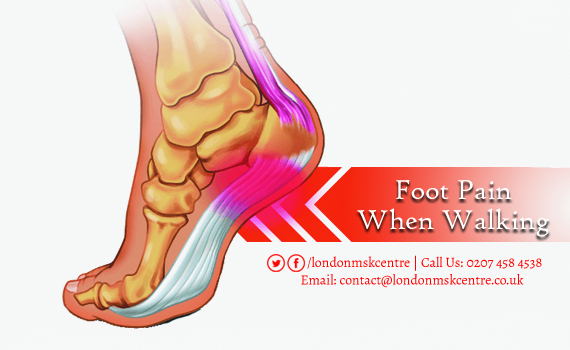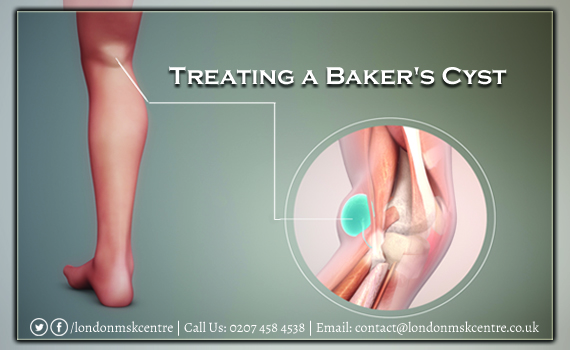
Radiating Neck Pain
Radiating Neck Pain, also referred to as cervical radiculopathy or a “pinched nerve”, normally occurs when a nerve in your neck area becomes inflamed, exasperated, or compressed. In such cases, the nerve tends to diverge from the spinal cord.
Radiating Neck Pain, also referred to as cervical radiculopathy or a “pinched nerve”, normally occurs when a nerve in your neck area becomes inflamed, exasperated, or compressed. In such cases, the nerve tends to diverge from the spinal cord. This can lead to pain that may spread to your shoulders. It can also lead to a feeling of numbness and weakness in your muscles. The pain can travel down to your arms and can reach your hands. Such problems tend to be aggravated, particularly due to the changes resulting from the wear and tear that your spine suffers with growing age.
An anatomical explanation: Your spine comprises 24 bones that are known as vertebrae. These are normally placed one on top of another. These bones then connect and form a canal that is supposed to protect your spinal cord. There are 7 small such bones that start right below your skull and make up your neck. These are known together as the cervical spine. The other parts of your spine are the spinal cord and nerves, and the intervertebral discs. The intervertebral discs are made up of Nucleus pulposus and Annulus fibrosus. The spinal nerves and cord can be likened to electrical cables that are spread across the spinal canal.
What causes neck pain?
There are two main reasons why radiating neck pain happens – degenerative changes, and herniated discs. In most cases, cervical radiculopathy occurs due to degenerative changes that take place on our spine even as we grow older. At times, injuries that lead to a bulge or hernia in the intervertebral disc may lead to such pain as well. As we grow older the discs in our spine grow older too and start to lose height. It is things like these that contribute to issues such as radiating neck pain in the end.
What are the symptoms?
The first sign is pain which starts at your neck and then goes down to your arm. This happens specifically in the area where the damaged nerve is supposed to work. The pain can either be sharp or burning. Some movements of your neck such as turning your head and straining or extending your neck can make the pain worse as well. There are some other symptoms such as a tingling sensation, as well as pins and needles in the hands.
How can it be treated?
There are two main ways in which this can be treated – non-surgically and surgically. In these cases, however, you should note that most of the patients who suffer from such pain get well with the passage of time. They do not need any treatment as such. In fact, in some of these cases, the pain goes away very quickly, in a matter of weeks or a few days. In some other cases, however, it could take longer as well. However, despite the improvement, it is possible for the pain to return in the future.



















